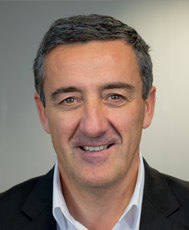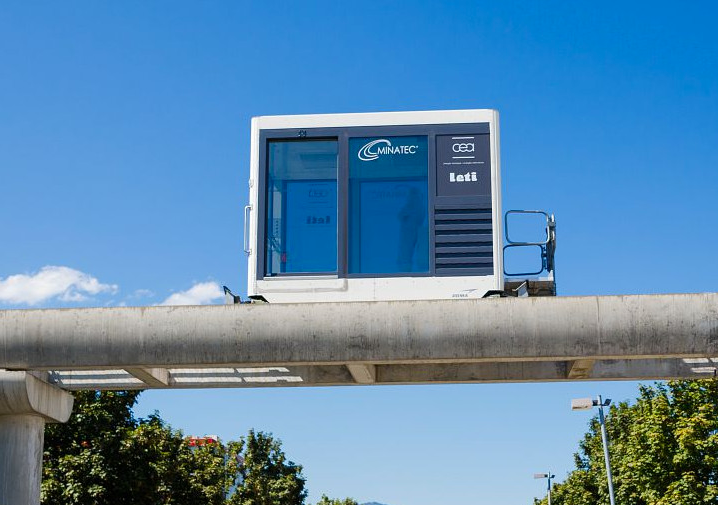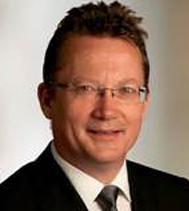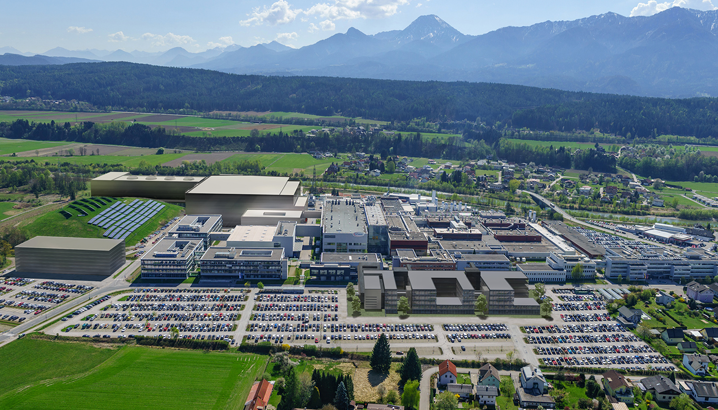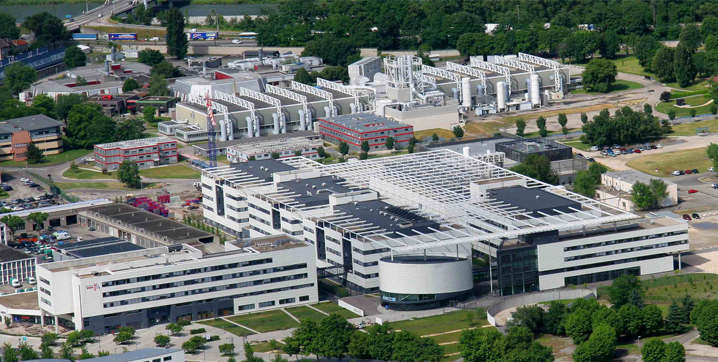Products & Technologies
Back to Menu
Products & Technologies
Services
Resources
TABLE OF CONTENTS
A Letter from Ali Salehpour - Climb the Productivity Curve Faster
Leveraging the Digital Twin in Smart Microelectronics Manufacturing
STMicroelectronics Demonstrates Adaptive Endpoint Control System for 200mm CMP
Applied Materials Technology-Enabled Services Support Next-Generation Manufacturing
Maximize Output from Fleets of Tools
Industry 4.0 Reaches into the Subfab
The Last Word: Smart Transportation to Drive Semiconductor Content
Europe in the Sweet Spot

Adele Hars is a director of the High Tech Intl. consultancy in Paris. She served on the founding committee of SOI Consortium, and is editor in chief of its ASN newsletter. She is also a communications expert for the French Tech Hub and has been a contributing editor for over a dozen industry and technology publications.
[1] Share of automotive power semiconductor market worldwide in 2016, by manufacturer. Statistica.com 2018.
[2] IHS Markit, 2018.
[3] Annual Power Semiconductor Market Share Report 2017 – The power semiconductor market recovered in 2016, August 30, 2017, Richard Eden Principal Analyst, Power Semiconductors, IHS Markit.
[4] IHS Markit, 2017.
[5] Mobility trends: What’s ahead for automotive semiconductors by Stefan Burghardt, Seunghyuk Choi, and Florian Weig, McKinsey.com, April 2017.
[6] Global Connected Car Market 2018-2025 with Bosch, Continental, Harman, Denso, ZF, NXP, Infineon, Valeo and Delphi Dominating the $219 Bn Industry, Research & Markets 2018.
[7] Virtual Reality and Its Potential for Europe, Ecorys 2018.
[8] Horizon Europe - the next research and innovation framework programme - LAB – FAB – APP: Investing in the European future we want. ec.europa.eu.
[9] Enhancing Europe’s Position as Global Leader in the Digital Economy – 6 Key Takeaways from ISS Europe 2018, by Emir Demircan, Senior Manager Advocacy and Public Policy, SEMI Europe
[10] "Silicon Valley’s shadow should not obscure Europe’s unsung tech heroes," Financial News, September 6, 2017.

